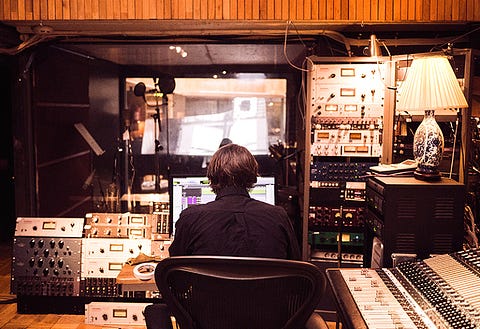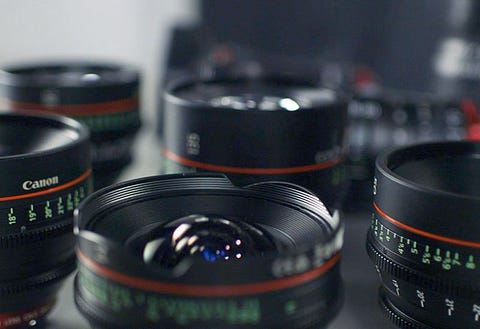
“It’s a wrap” is not where a filmmaker’s job ends in the filmmaking journey! After exploring the many worlds of filmmaking — right from the inception of the concept to the pre-production and shoot, the filmmaker steps into the final stages of the film’s execution — post-production. The post-production is a highly collaborative process. It begins when the film’s shoot is wrapped up and here’s when the movie is assembled to create the final film for the audiences to watch. It involves everything related to cutting and rearranging of raw footage, adding music, voiceovers, dubbing, sound effects, special effects, CGI, and so on. Let’s see why the post-production process is so important in the filmmaking process and what goes into it
1. EditingOnce the shoot is wrapped up and the raw footage is taken off the camera card, the most crucial part — film editing begins. In this stage, the editor works with the raw footage by selecting shots and combines them into sequences to create a finished motion picture. Multiple layers of images, story, dialogue, music, pacing, and the performance of the actors is creatively worked with here, along with effectively re-imagining and rewriting parts of the film if needed. It is a time-consuming process that can take several weeks, months, and drafts — but this is where the film takes shape in sync with the original concept and vision.
2. Composition of Visual Effects & CGI
In this stage, artists and engineers add visual effects and computer-generated imagery (CGI) to enhance the movie experience. Live-action footage is integrated with computer-generated imagery to create visual effects. These effects help create visuals that are impossible or dangerous to capture while shooting. Movies like Dumbo, Baahubali 1 and 2, and Ra. One largely relied on VFX for bringing the actual vision of the movie on the screen.
3. Sound re-recording or mixing
This stage pertains to various elements of sound in a movie, namely sound design, sound effects, dialogue editing, and dubbing, mixing and recording. All the sounds recorded during the shoot including foley is collected and organized, additional sounds are created and mixed, distractions are eliminated, the sound is synchronized with dialogues, music is added, and each of these tracks is layered and mixed to create the final soundtrack. The quality of sound in the film reflects the quality of the film altogether, and even holds the power to make it an outstanding one. For instance, the sound and music score in the movie Star Wars have been major contributors to the success of this iconic series.
4. Color Grading
Once the picture is locked with all the scenes and sequences in place, it is ready to be colour corrected. In the colour grading process, various attributes such as contrast, colour, saturation, detail, black level, and white point may be enhanced to improve the appearance of the picture. Each shot is digitally adjusted by the colourist to refine the hues and light in order to ensure continuity and to set a tone for the film. Colour grading helps strike a mood by adding the final visual polish to the film before it makes its way to the distributors.
5. Titles, Credits, Graphics
We know that filmmaking is a collaborative process, which makes credits imperative. The opening credit of the movie is usually the first interaction with the audiences, and it is always an innovative idea to create a lasting first impression. Based on the tone and theme of the movie, the title, opening credits, and end credits are designed and added to the film.
Reference Links:
www.nfi.edu/foley-artist
www.sound-ideas.com/Page/what-is-foley
www.studiobinder.com/blog/what-is-a-foley-artist
www.nfi.edu/foley-artist
www.sound-ideas.com/Page/what-is-foley
www.studiobinder.com/blog/what-is-a-foley-artist


